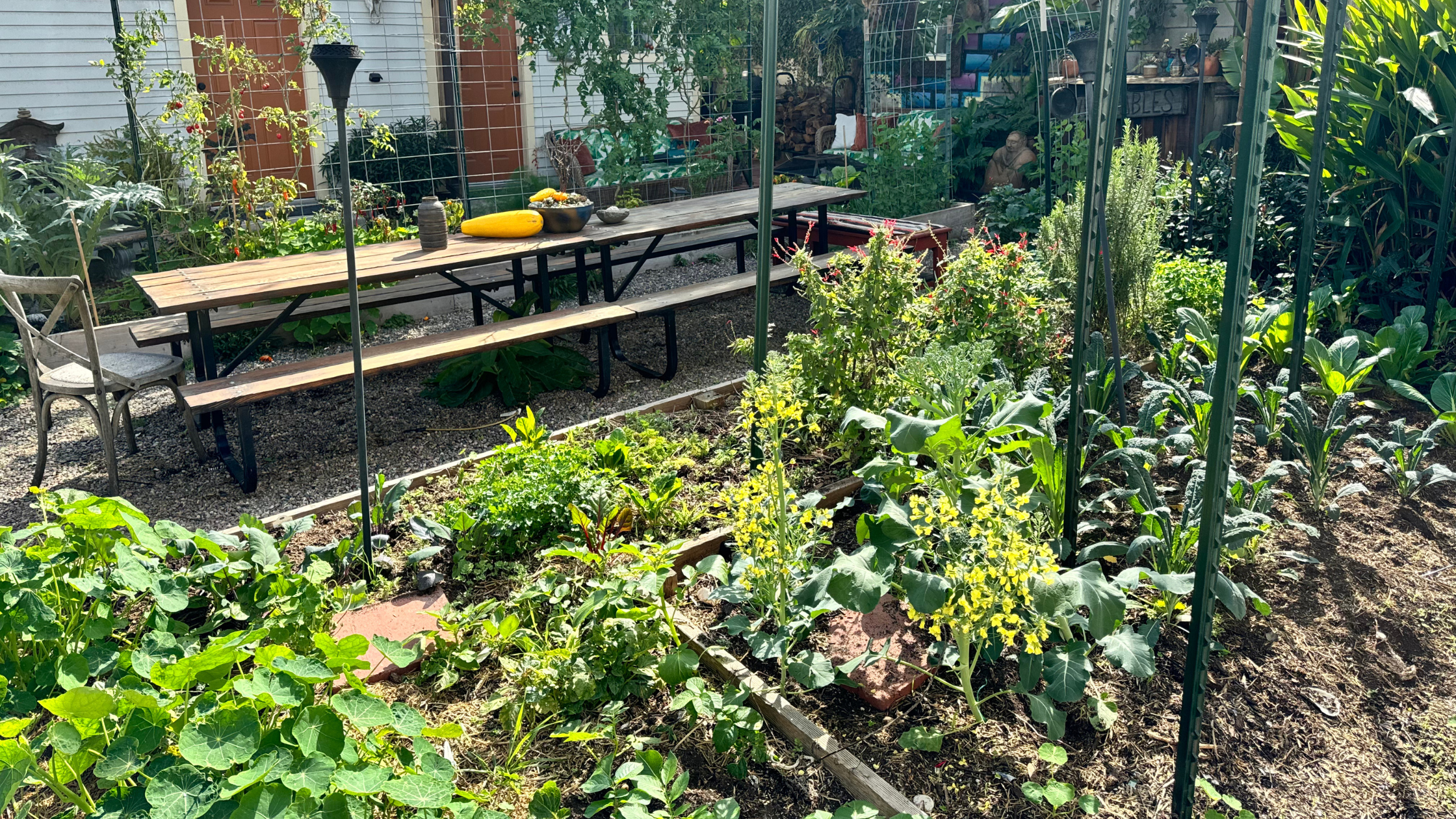
Bringing Your Garden to Life: A Guide to Seed Starting
As the seasons shift and the days grow longer, there’s something deeply rewarding about the simple act of starting seeds. It’s the first step in waking up your garden, a process filled with patience, intention, and the promise of fresh, homegrown food. Whether you have garden beds ready for planting or just a sunny windowsill, seed starting allows you to nurture new life and set the stage for a season of abundance.
At Ambrosia, we believe in slowing down and working with nature’s rhythms. Just as our flax linen bags help keep your produce fresh, thoughtful seed starting ensures strong, vibrant plants that will nourish you throughout the year.
Why Start Seeds Instead of Buying Plants?
There’s nothing quite like watching a tiny seed push through the soil, reaching for the light. Growing your own plants from seed allows you to:
- Choose the Best Varieties – Grow heirloom, organic, or unique plants that may not be available at a nursery.
- Get a Head Start – Starting indoors gives plants extra time to grow before they go into the ground.
- Save Money – A single packet of seeds can grow dozens of plants for the price of one store-bought seedling.
- Control the Process – From soil to nutrients, you decide exactly how your plants are grown.
The Basics of Starting Seeds
Select Your Seeds: Pick varieties suited to your growing region and available space. Leafy greens, herbs, tomatoes, and peppers are great options for beginners.
Provide Enough Light: A bright, sunny window or grow lights will keep seedlings strong and prevent them from becoming leggy. Most seedlings need 12-16 hours of light per day.
Use the Right Soil: A light, well-draining seed-starting mix provides the best foundation for root development.
Water Gently and Consistently: Keep the soil damp but not soggy. Using a spray bottle or watering from below prevents disturbing the fragile seeds.
Maintain Warmth: Most seeds germinate best between 65-75°F. A seedling heat mat can help keep temperatures steady.
Caring for Growing Seedlings
Once your seeds sprout, continue providing plenty of light and gentle care. Rotate them daily to ensure even growth, and once they develop their first set of true leaves, begin feeding them with a diluted organic fertilizer.
As the weather warms, gradually introduce your seedlings to the outdoors through a process called hardening off, which helps them adjust to natural sunlight and temperature changes before transplanting them into the garden.
Growing with Intention
Just like choosing sustainable flax linen bags to preserve food, growing your own produce is a mindful and sustainable choice. It reduces waste, deepens your connection to the earth, and brings a sense of fulfillment that store-bought produce simply can’t match.
As you wake up your garden this season, take time to enjoy the process. The effort and care you put in now will reward you with fresh, nourishing harvests in the months ahead. Happy planting!

